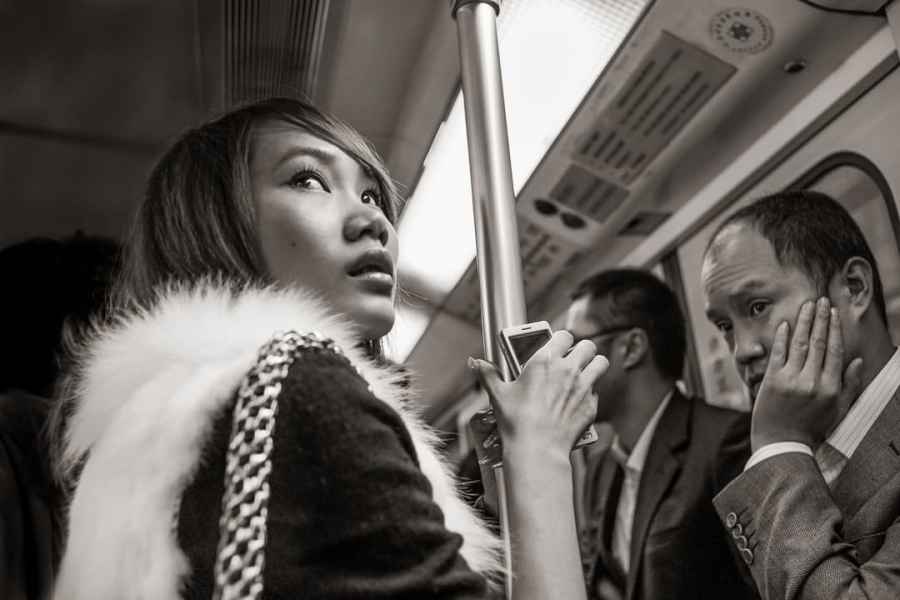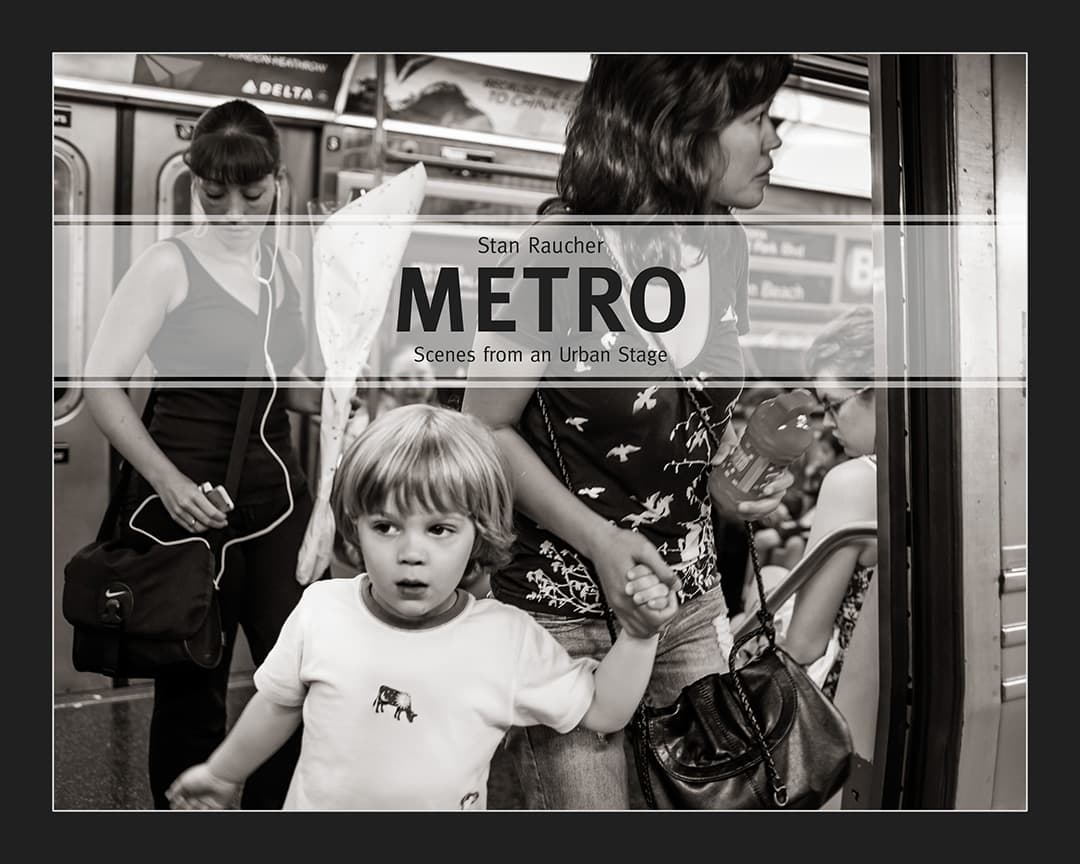
Stan Raucher’s latest photo book, Metro: Scenes from an Urban Stage
Stan Raucher, an organic chemist by training, has spent the past eight years photographing candid moments of people travelling on metro systems.
He has travelled across cities such as Paris, New York, London, Delhi, São Paulo and Mexico City, in order to record the many human interactions that go unnoticed by most people travelling through these crowded public spaces.
We caught up with him to find out how he shot the images and about his book, METRO: Scenes from an Urban Stage, that collects together some of the best images from his project.

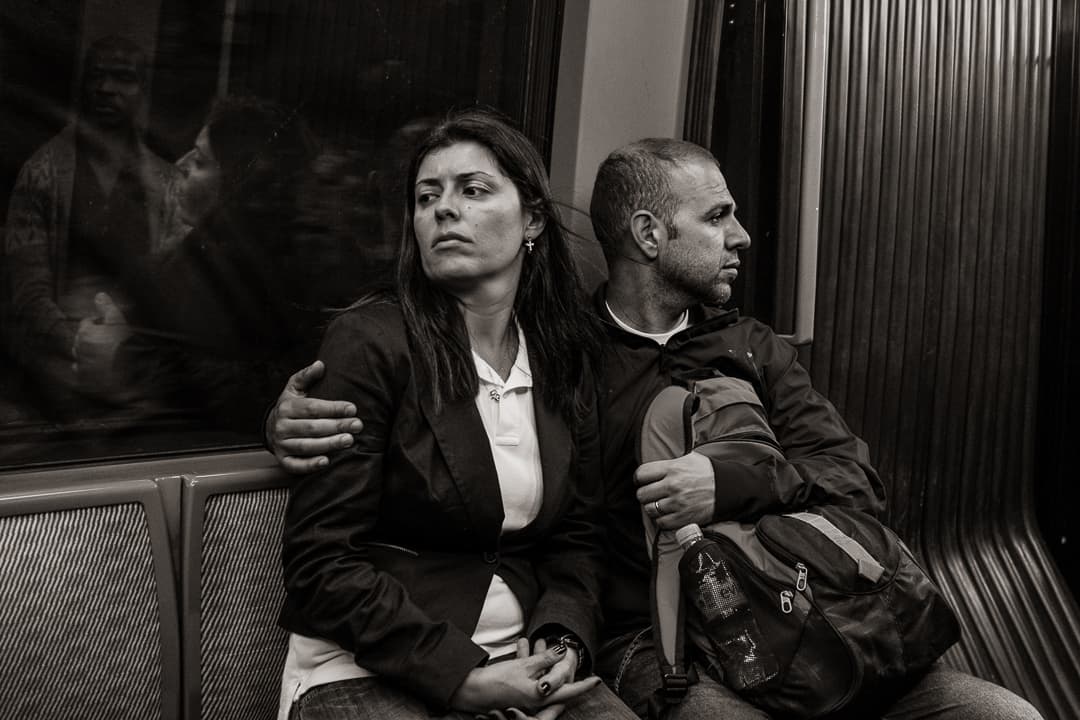


Why did you decide to focus on photographing people on the metro?
I didn’t consciously set out to do a metro project. I began photographing on subways as I travelled around various cities. After a number of years, it seemed logical to incorporate some of these images into a project.
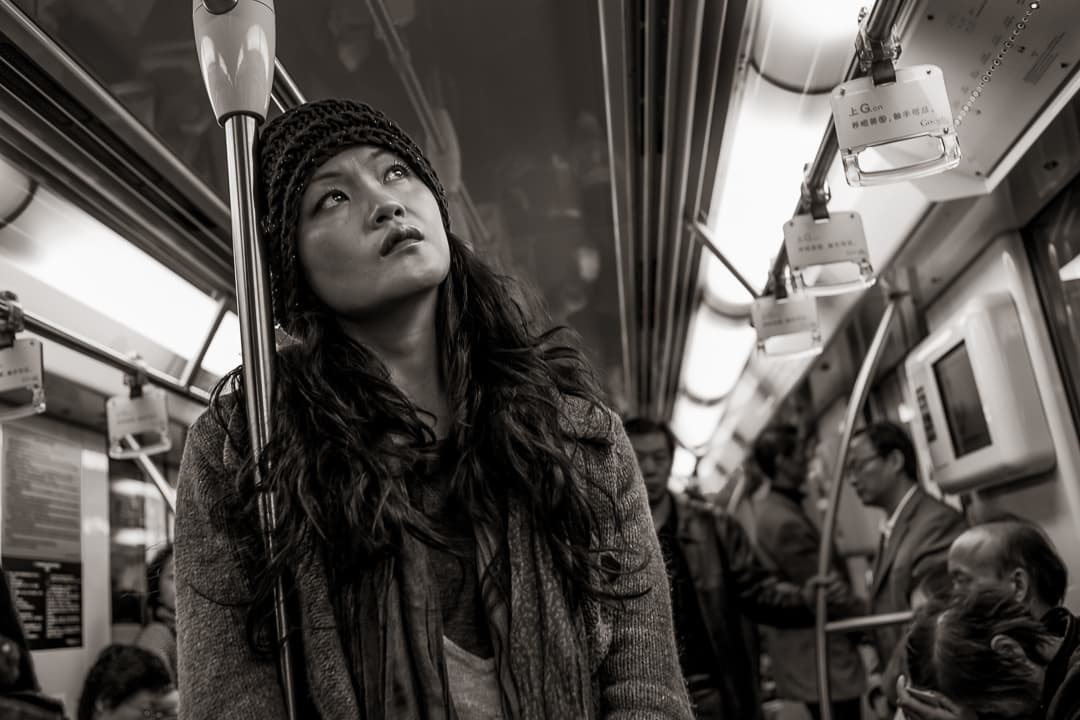
Tell us about your ethos behind the series… what were you looking to capture or convey?
I’m interested in human interactions and emotions — connections, disconnections, moments of staring, sharing and confrontation, tender and loving gestures amid the tumult of the subway. I’m also trying to convey some of universal aspects of people riding the metro, irrespective of their country or culture. I approach my photography from an empathetic, humanistic viewpoint.

What makes your images unique?
I’ll leave that up to the viewer to decide. I will say that all my images contain people interacting in some fashion with one another or their surroundings. I prefer complex, multi-layered images that prompt the viewer to construct a personal narrative.

Did you notice any differences in the conventions of travelling on public transport across the different cities, such as conventions of eye contact or interacting with each other?
There are differences that may reflect the general demeanour of the location. For example, the passengers in Naples certainly seemed to be more passionate and animated than riders in Vienna, or even Rome.
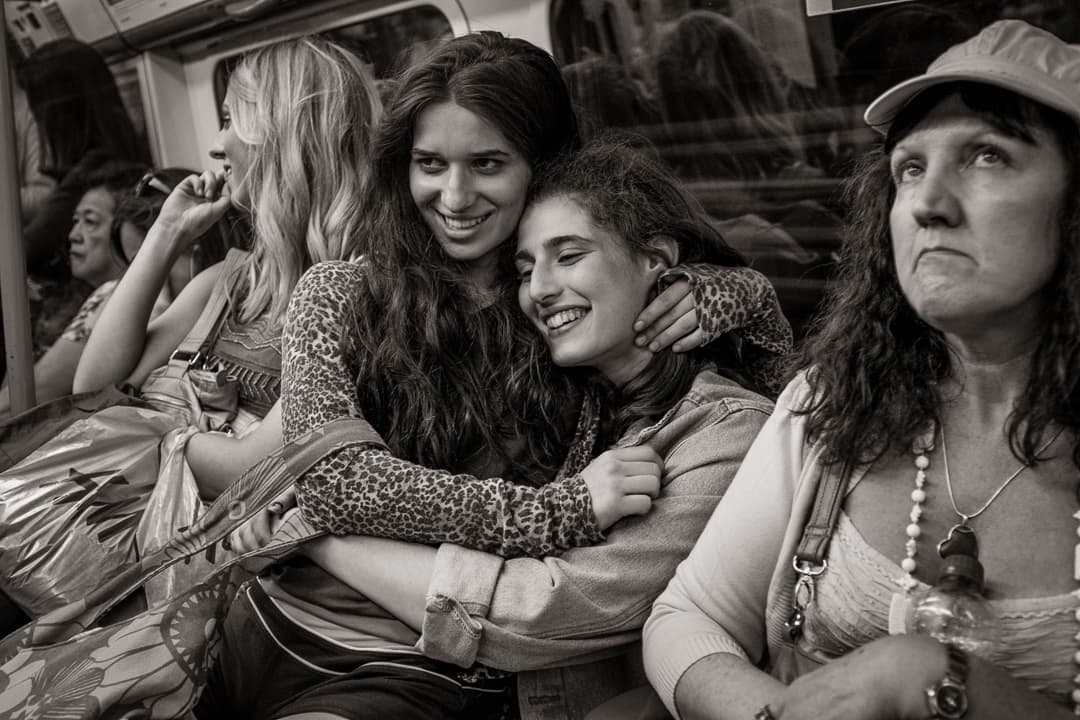
Did you have any issues with shooting on the subways, such as equipment you were permitted to use, and reactions from other people if they noticed you were photographing them?
I looked like a hapless tourist wandering around with a camera, so I never had any problems. I try to be as unobtrusive as possible when photographing, so people generally don’t notice me.
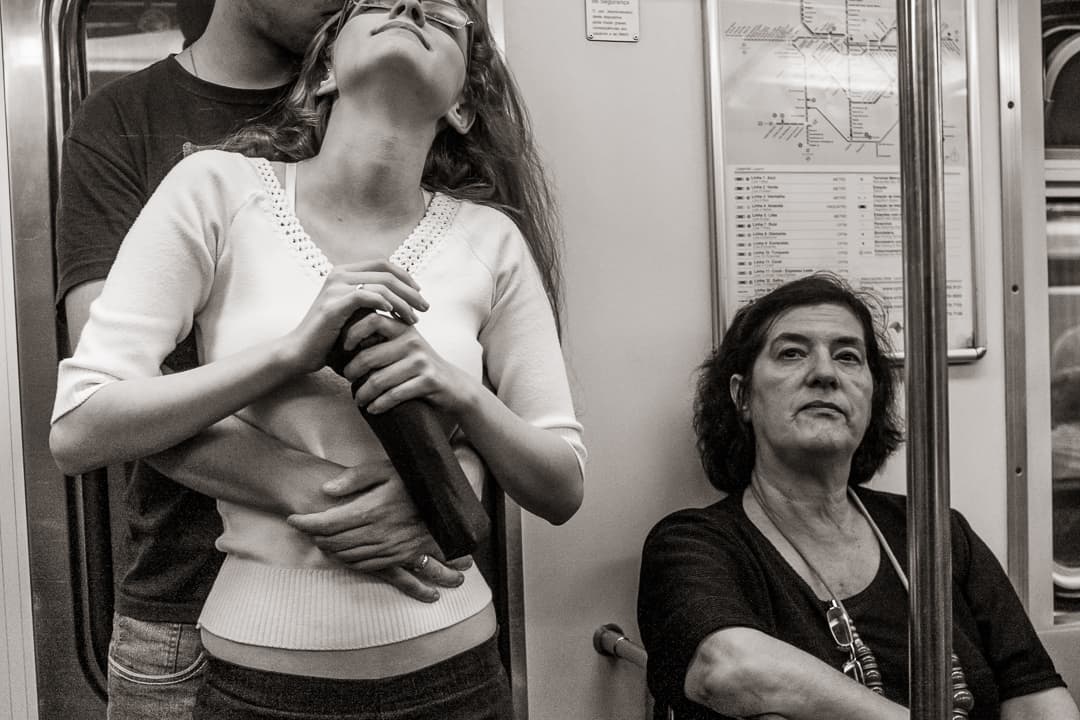
What camera equipment did you use and why?
Since this project spanned eight years, I used a variety of cameras, including a Leica M8, Leica M9 and Nikon DSLR, all with 35mm focal-length lenses. Most recently, I’ve preferred using a Fujifilm X100S.

Why did you choose to use black & white? Was it for lighting concerns or an artistic choice?
All my photography is in black & white. This is an artistic choice. It emphasises the content of the image, and simultaneously both removes and anchors the moment to reality.
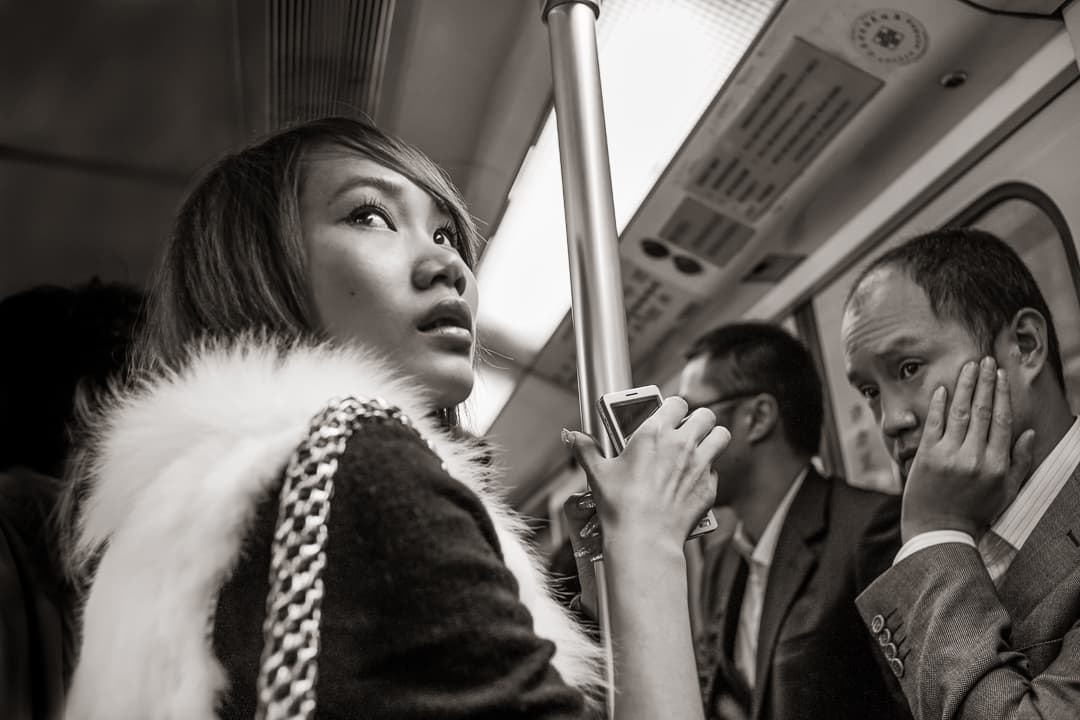
Your book mentions a legacy of subway photography, such as the images by Walter Evans and Bruce Davidson. Were you influenced by these images, or aiming to add to that body of work?
I think my work has a different sensibility than that by Evans or Davidson, but I didn’t set out to contrast or augment my work to theirs. Overall, I would say that my metro project is most closely related to my other bodies of candid photography.
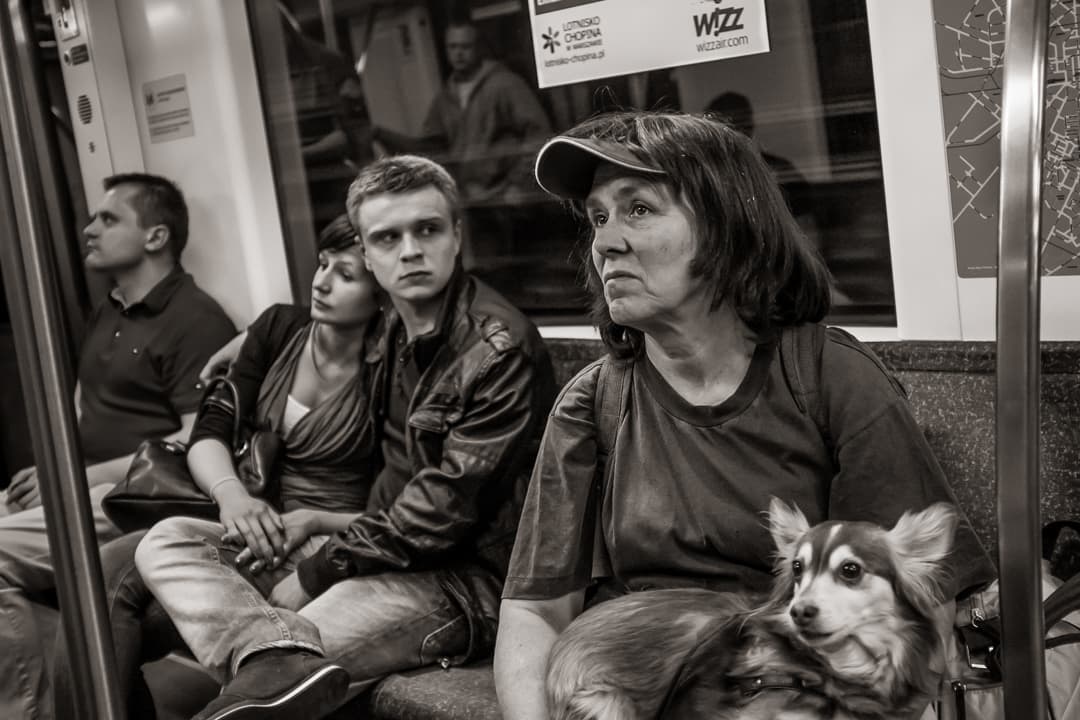
In your artist’s statement you talk about how fewer images these days are honest representations of real life and the hope that your candid shots may be. What makes your images reflect reality more than some other styles of photographs?
I’m drawn to spontaneous, unposed moments that reflect something about the human condition. Images that are staged, contrived and orchestrated like a slick Madison Avenue advertising campaigns are of little interest to me.

You are an organic chemist by training. How does this feed into your work or processes?
I think that scientists and artists share many common traits — curiosity, a desire to recognise patterns and relationships, a need to probe the unknown, and an obsession to pursue their goals.
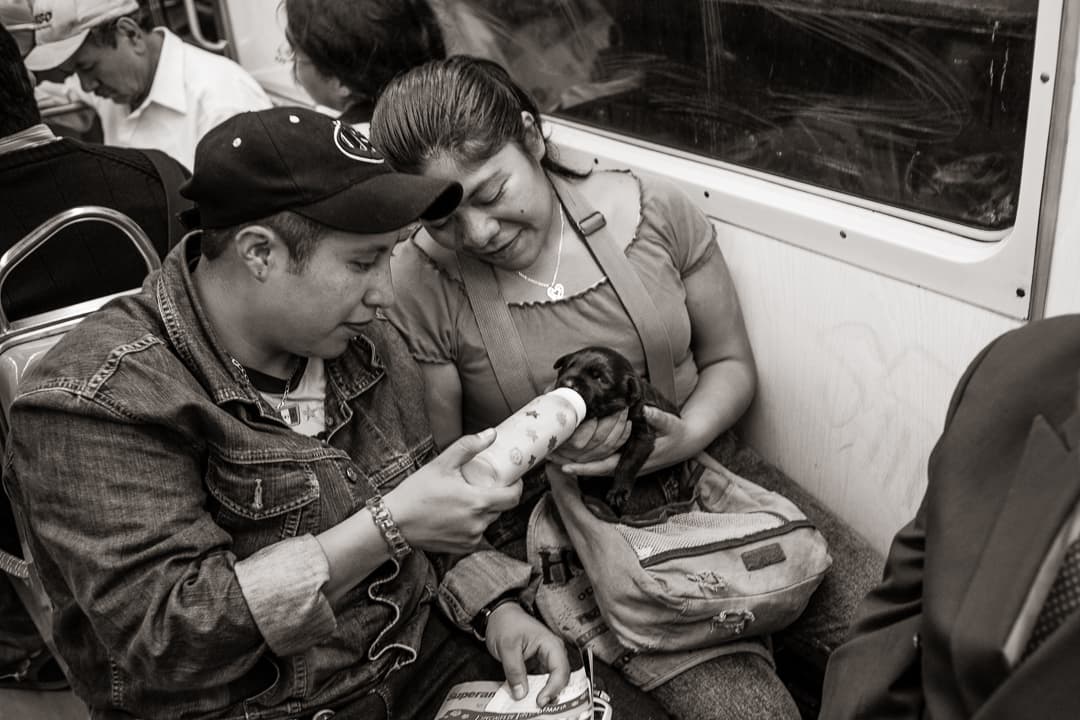
What is the next project that you have planned?
I’m interested in diverse religious beliefs and celebrations around the world. During the past several years, I’ve photographed everything from the Hindu celebrations along the banks of the Ganges, an evangelical sect practising ancient biblical traditions deep in the Amazon rain forest, and the Holy Week processions in Guatemala, to the Fiesta for the Virgin of Guadalupe in Mexico City. I plan to continue with these projects.
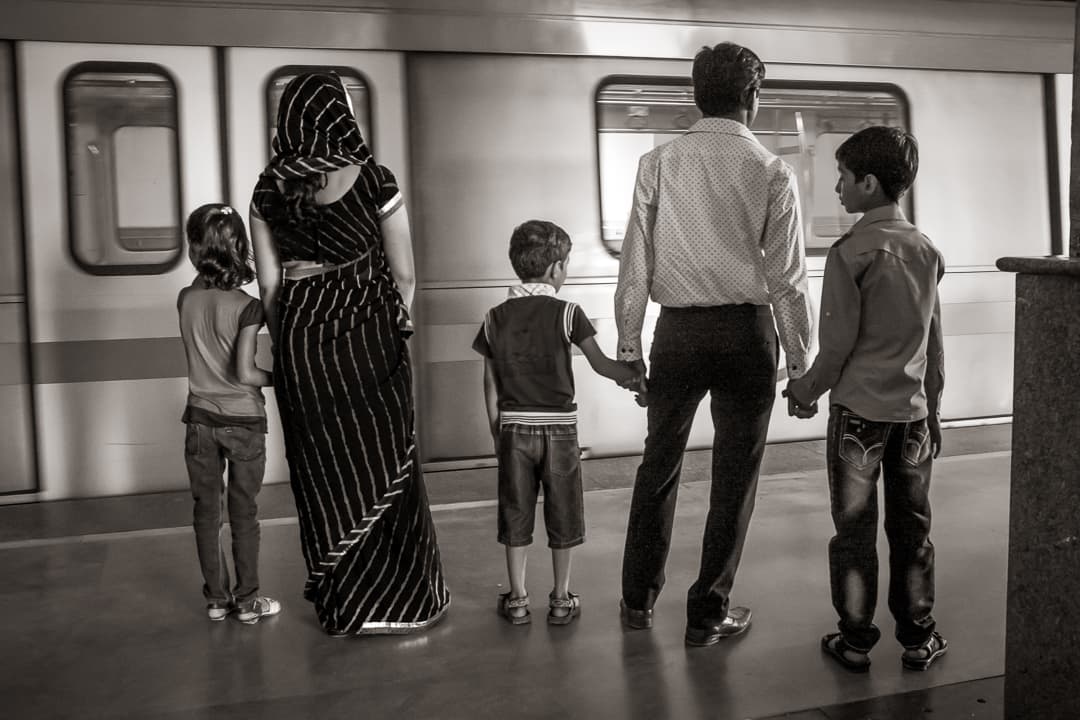
Find our more about Stan’s work at stanraucher.com/metro-book.
METRO: Scenes from an Urban Stage by Stan Raucher, published by Daylight Books is available from https://daylightbooks.org/products/metro-scenes-from-an-urban-stage

